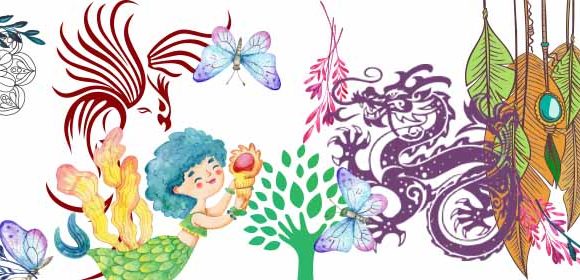Death is one of the great mysteries of human existence—feared, avoided, and often misunderstood. Yet across spiritual traditions and in countless personal accounts, death is not seen as an end, but as a profound initiation. Far from being a final curtain, it is believed to be a doorway into deeper realms of consciousness, an opportunity for review, healing, and preparation for future lifetimes. From near-death experiences (NDEs) to soul contracts and the enigmatic state known as “life between lives,” death may be the soul’s most powerful catalyst for growth.
Near-Death Experiences: Glimpses Beyond the Veil
Modern science, particularly in the fields of cardiology and neurology, has inadvertently given us a treasure trove of data about what might lie beyond this life through the study of near-death experiences. These events occur when someone is clinically dead or close to death but returns to life with vivid memories of experiences on “the other side.”
Common elements of NDEs include:
- A sensation of leaving the body and observing the physical world from above.
- Moving through a tunnel or into a light-filled realm.
- Encounters with deceased loved ones, spiritual beings, or guides.
- A profound sense of peace, unconditional love, and interconnectedness.
- A “life review,” where the person re-lives major moments from their life, often feeling the emotional impact of their actions on others.
One of the most remarkable aspects of NDEs is how consistently they transcend cultural and religious backgrounds. Whether experienced by an atheist, a Christian, a Buddhist, or someone of no particular faith, the themes are strikingly similar.
And perhaps more important than the experience itself is the transformation that follows. People often return from NDEs with a new sense of purpose, increased compassion, reduced fear of death, and a deeper understanding of the soul’s journey.
Death and Soul Contracts: The Pre-Planned Exit?
From the perspective of soul contracts and pre-birth planning, the timing and manner of death are not always random or accidental. Many spiritual teachings suggest that just as we choose the circumstances of our birth, we also participate in the planning of our death. This doesn’t mean we consciously know how we’ll die in our waking life, but that on a soul level, we have agreed to certain “exit points” based on what best serves our spiritual evolution.
A sudden or tragic death, for example, may be part of a soul contract that involves catalysing growth not only for the dying person but also for those around them. The grief and loss experienced by loved ones can lead to profound awakenings, reconnection with spiritual truths, or the healing of long-buried wounds.
In this light, death is not a failure or an interruption of life, but a powerful act of transformation. It is the soul’s return to its natural state—free from the density of the physical body, expanding back into the greater field of consciousness from which it came.
Life Between Lives: What Happens After We Die?
Thanks to the work of pioneering therapists like Dr. Michael Newton and Dr. Brian Weiss, we now have thousands of case studies exploring what happens in the state between incarnations. Through deep hypnosis and regression techniques, individuals have accessed memories of the afterlife realm—what Newton called the “Life Between Lives.”
In this dimension, often described as a realm of light, love, and wisdom, souls are said to engage in:
- Reviewing their previous life in detail, understanding lessons learned and mistakes made.
- Meeting with a soul council—wise beings who help evaluate the soul’s growth.
- Reuniting with their soul group, a cluster of souls who incarnate together in various roles across lifetimes.
- Planning their next incarnation based on karmic balance, soul contracts, and evolutionary needs.
This inter-life period is deeply meaningful. Souls are said to reflect not just on personal growth, but on how their actions influenced the evolution of others. The soul’s perspective is broader than the personality’s—it sees every joy and sorrow as an opportunity for expansion.
Death as the Ultimate Teacher
When we shift our perception of death from finality to transition, it changes everything. Death becomes the great teacher—a mirror reflecting the true nature of existence. Instead of something to be feared, it becomes a sacred part of the soul’s journey, an initiation into deeper realms of truth.
In ancient cultures, initiation rites often simulated death. Shamans would undergo symbolic deaths to gain access to spiritual wisdom. In modern times, people who’ve had close brushes with death often return transformed: more loving, less materialistic, and more attuned to the purpose of their existence.
Death, in its essence, peels back the illusion of separation and reveals the soul’s eternal nature. It invites us to live more consciously, to love more fully, and to release our grip on fear and control.
Embracing the Mystery
Ultimately, the afterlife remains a mystery—no one truly knows what lies beyond until they cross the threshold themselves. But the growing body of mystical and clinical accounts points toward one shared insight: consciousness does not end with the body. It expands, evolves, and continues.
Whether you believe in reincarnation, heaven, or simply the eternal presence of love, the exploration of death can illuminate life. The mystery of what comes next encourages us to live with intention, make peace with our past, and remember that we are more than these bodies—we are souls on an infinite journey home.







